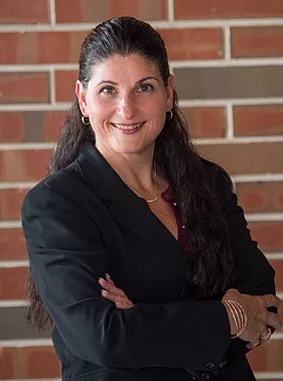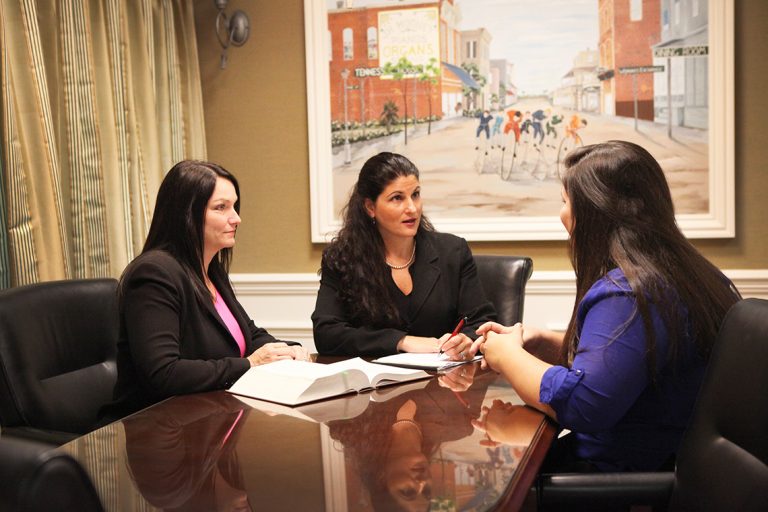What is collaborative law?
When children are involved, disagreements can arise regarding the division of time, care, and support for the child, which is always a test of what is in the best interest of the child(ren). The solution to an amicable separation is the collaborative law process. Seeking legal advice and guidance from attorneys and neutral professionals through the collaborative law process can help parties save time, money, and stress in a supportive environment where the parties involved can negotiate a mutually beneficial settlement.
What is the collaborative process?
One can think of it as untying the bonds of marriage versus cutting them apart
The collaborative process works outside of the court system except for agreed-upon mandatory filings to secure judgment. It is important to keep in mind that both parties agree not to litigate, thus being required to sign a document confirming this agreement. If threats of litigation come up during the discussion process, attorneys and neutral professionals for both parties are prevented from further assistance. If it becomes a case that is part of the litigation process, each party must find new counsel. This part of the process keeps the parties engaged, as they work toward an amicable separation.
Is it a good alternative to a standard divorce?
In Florida, a dissolution of marriage (aka divorce) can leave parties feeling like they are in a tit-for-tat battle with their spouse. When parties mutually agree to dissolve their marriage, the collaborative process is an alternative where attorneys and neutrals guide the parties through the negotiation process. This approach can save parties time and money as compared to standard divorce courts, litigation costs, and the long wait for court dates in front of a judge to decide disputes. The collaborative process works for parties who are willing to come to agreements outside of the court, they are setting aside their differences to discuss the divorce process rationally. Parties work through the common areas requiring agreements such as
- Time-Sharing/ parental responsibility
- Equitable distribution (asset and liability distribution)
- Alimony
- Child Support
- And more…
How does the collaborative process work?
In the collaborative process, attorneys team up with licensed mental health professionals, financial neutrals, and child specialists (if needed) who act as neutral parties during settlement negotiations. These experts are intended to help mitigate disagreements and keep the parties focused on reaching agreeable solutions and terms of the settlement. The basic elements of the collaborative process include:
- Utilization of good faith negotiations and problem-solving skills.
- Written and signed agreement by parties and attorneys without court proceedings or litigation.
- Each filer has an attorney by their side for active advice and guidance in all negotiations.
- Neither attorney can participate in any litigation against the other party after signing on as the collaborative attorney.
- Benefit of one neutral mental health professional and Financial neutral to assist with their expertise without competing experts and the expense for 2 experts in the same field.
What are the benefits of the collaborative process?
There are many benefits to the collaborative process where parties are involved in a transparent, informal, and honest exchange of information. The collaborative process allows parties to decide how to handle post-settlement disputes and negotiate a result that works best for them which saves them money and time that would otherwise be spent in court litigation proceedings
Collaborative meetings take place in an informal setting. Parties negotiate their divorce under guidance from a mix of their attorneys and professional neutrals. This allows for more creative and unrestrictive ideas for settlement. Parties in the collaborative process are provided higher levels of privacy, confidentiality, and control over the divorce process than in standard divorce proceedings.
The party who earns more usually feels like they are giving more than they are getting




